When it comes to audience loyalty, most organizations blame the audience, competition, employees, or marketing efforts – everyone but themselves – for their lack of loyalty.
While all those other things might contribute to the problem, they are not the core of the issue.
In order to truly establish audience loyalty, you need to take responsibility for your brand. There’s something in the way you communicate and engage that’s not fostering a connection. So before you blame external factors, you’ve got to evaluate your own internal practices.
Are You Missing One of These Three Things?
Your organization needs three things in order to establish audience loyalty:
- Reputation
- Credibility
- Integrity
When you use these characteristics as a foundation, you’ll instill that basis in your employees, which, in turn, will be noticed by your customers.
But if you’re lacking in one of these areas, that’s where your real problem with audience loyalty lies.
When You Build Trust, You Build Loyalty
Reputation, credibility, and integrity serve one main purpose: trust-building. And as Sally Hogshead so eloquently put it in the quote above, that’s the best way to earn your audience’s loyalty.
As we look into the following strategies, you’ll see that many directly correlate to building trust with your audience. Backed by science, data, and personal experience, these strategies will leave you well-equipped to build audience loyalty.
Go ahead and apply them to your organization. I dare you.
Strategies for Establishing Audience Loyalty
Are you ready to build an audience on the foundation of reputation, credibility, and integrity? If so, you’re ready for these 17 killer strategies.
Strategically implement them across your organization and you’ll love the results they bring.
1. Narrow Down Your Unique Value Proposition
“People won’t ever buy from you if they don’t even understand why they should pay attention to you. And they notice you only if you have a strong value proposition.”
– Peter Sandeen
Made famous by Dan Kennedy, your unique selling proposition (USP) is the act of justifying your reason to exist.
Let’s consider Voodoo Doughnuts. That’s right, it’s a doughnut shop. The product doesn’t seem like something you could create a unique version of, but that’s exactly what this small shop in Portland, Oregon, accomplished.
Their wide variety of doughnuts set them apart from every other shop in the area. They’re well-known for crafting crazy combinations. And it works.
Since opening, the shop has gained so much attention that they’ve expanded all the way into Denver, Colorado. That’s the kind of thing that can happen when you set yourself apart.
2. Develop Your Own Voice
A copy editor at Distilled crafted an amazing guide on finding your brand’s voice. In it, the author points out four main reasons why tone of voice is important:
- It’s an expression of the people behind the brand.
- It sets you apart from the rest.
- It builds trust.
- It can be used to influence and persuade.
In an age of written communication, it’s more important than ever to find your voice.
Taco Bell has nailed it with a voice that’s weird, witty, and a bit irreverent:
Want to create a compelling social media campaign? Find your voice? Need to make an impact with your content marketing? Craft it with a unique voice.
If you don’t, you’ll get lost in the crowd.
3. Be on a Mission for a Cause
We often stay loyal to brands because their values and beliefs align with our own. The best brand missions combine logical, emotional, and physical elements into one clear mission.
Warby Parker uses strategic word choice to reflect their young and daring personality:
Words like rebellious, revolutionary, and socially conscious provide the opportunity for the company’s unique personality to shine through. But at the same time, it also communicates why the company was founded and what its vision is for how they want to shape the future.
4. Start Publishing Content
What does content have to do with brand loyalty? More than you could imagine. 62% of millennials feel that online content drives their loyalty to a brand.
If that doesn’t convince you, I don’t know what will.
You might not have the resources of the world’s biggest brands, but you still have the ability to publish content. Start today. Don’t wait any longer.
5. Help in Every Way Possible
At the end of the day, it’s all about the customer. Without them, you can’t do anything. That’s why it’s so important to provide help in every way possible.
Gary Vaynerchuk does a great job of this with his brand. He responds directly to people on Twitter:
And he started the #AskGaryVee web series:
He’s being helpful at every turn.
Your brand can do the same.
6. Give More Than You Receive
People will always show loyalty to responsible companies. They want to see you giving back to the world, not just taking from it.
TOMS is a great example, as the brand leads the way in the one-for-one strategy for giving back:
7. Showcase Results You Bring
A growing number of consumers ook at things like customer reviews, social media posts, and other online indicators before making a purchasing decision.
Customers invest tons of time in online research. Your brand should make this process as simple as possible. Assets like case studies give you a perfect opportunity to showcase the results you’ve brought others.
That instills trust.
There are plenty of ways to use case studies in your marketing as well. Make the decision to work with your company easy by instilling loyalty through the results you brought others.
8. Become an Active Listener
The prominence of social media has opened up companies to more feedback than ever before. People are talking about your company, and it’s time to start listening if you aren’t already.
Understanding how to use tools like social media to build brand loyalty starts with listening.
Tools like Hootsuite give you the power to set up listening channels. Start hearing what your customers are saying and do whatever it takes to respond to their needs.
9. Build Real Relationships
Real relationships are formed by going above and beyond the call of duty. You may not find these opportunities every day. But if you seize them when they come your way, you just might land a customer for life.
Reddit shared a great example of this when a young man grabbed an outdoor umbrella from a Wendy’s table and walked an elderly man to his car.
I’ll bet Wendy’s saw a bump in business as a result of this image.
Don’t underestimate the power of random acts of kindness.
10. Let Your Personality Shine
Everyone has a unique personality that’s shaped by their beliefs, experiences, and internal dialogue. And it’s no different in business.
As you build your organization, a personality will emerge. And if you truly want to connect with customers and form a bond of loyalty, you’ve got to let it shine through.
There’s no secret on how to form your personality. But I think that Becca Fieler did a good job explaining it:
11. Acknowledge Your Customers
Find fun ways to make your customers feel special. Bonus points if you do this publicly. It’s all about acknowledging your customers for the value they bring to your company.
The Row Bar does this through a customer of the month program.
These types of actions show your customers that you care. And it gives you the opportunity to interact one-on-one with them. When you make that kind of connection, it’s much easier to establish customer loyalty.
12. Always Accept Responsibility
There’s nothing worse than finding yourself in a PR fiasco.
But what if I told you that you could use it as an opportunity to build customer loyalty? Yes, I know it sounds a bit counter-intuitive. However, you’d be amazed at what your company can do by handling a crisis the right way.
Believe it or not, you can avert a disaster by tackling it head-on.
13. Invest in Professional Design
Users form an opinion about your website in seconds (or less)
You can’t gain brand loyalty if your design turns people off in less than a second. And design doesn’t just relate to your website. It impacts all visual aspects of your company, online and offline.
As an example, Neil Patel invested well into the five figures to design The Definitive Guide to Growth Hacking on QuickSprout. The well-designed guide brought in the following results:
Design matters. If you want loyalty, make your offers look appealing.
14. Enlist the Help of a Writer
You’ve got to create amazing content. So if you don’t have the time to produce enough content on your own or don’t consider yourself a writer, hire one.
High-quality content is the only way to make a real impact with content marketing. And when you invest in quality, you’ll stand out from the crowd, gain attention, and build brand strength.
As an example, Brian Dean created one of the most comprehensive lists out there on Google Ranking Factors. Since its publication, it has generated thousands of backlinks and social shares.
That’s the kind of thing that can happen with high-quality content. If you can’t create it yourself, enlist the help of someone who can.
15. Highlight Social Proof
90% of consumers trust peer recommendations, but not nearly as many trust ads.
Social proof speaks to every aspect of the foundation described at the beginning of this article. It shows your strong reputation, builds credibility, and reveals integrity. Ultimately, all of this causes customers to trust your company.
And as we know, customer loyalty starts with trust.
Look at how ReferralCandy uses customer testimonials and feedback. From the minute you land on the page, you’re bombarded with proof that others love the brand:
If your customers are saying great things about you, don’t be shy about sharing. Other prospects want to hear what your previous customers think of you and your company.
16. Create a Strong Email Marketing Strategy
Establishing audience loyalty happens in two phases:
- Gaining initial trust
- Building on that trust over time
Solid email marketing assists you with the second phase. It’s a way to interact with your audience consistently over time.
But how do I use email to establish loyalty?
Good question.
Constant Contact shares four types of emails that build loyalty:
- A compelling, friendly, and engaging welcome email
- The useful, informative autoresponder series
- A check-in and feedback request email
- An email offering an exclusive benefit
Use a combination of these message types for a well-rounded email marketing initiative.
17. Don’t Take Shortcuts
I hate to break it to you, but you simply can’t expect to find a magical solution that makes your audience loyal. It’s an iterative process built over time. You won’t find any shortcuts (or even killer strategies) that take away the hard work.
The examples featured in this article are from companies that invested months, years, and decades of dedicated service to their customers.
And when it comes right down to it, that’s the only real way to make an impact – dedicated service to your audience.
Are You Ready to Establish a Loyal Audience?
To establish audience loyalty, you need to build a reputation of credibility and integrity. Do so by giving your audience a consistent, authentic experience using the strategies described above.
People want to feel important. Show that you genuinely care about them and they’ll return the favor to you and your brand. It’s amazing what kind of audience growth you’ll see when you focus on building trust.
So with all these strategies in mind, what action can you take today to start building audience loyalty? Share your plans by leaving a comment below!
About the Author: Aaron Agius, CEO of worldwide digital agency Louder Online is, according to Forbes, among the world’s leading digital marketers. Working with clients such as Salesforce, Coca-Cola, IBM, Intel, and scores of stellar brands, Aaron is a Growth Marketer – a fusion between search, content, social, and PR. Find him on Twitter, LinkedIn, or on the Louder Online blog.

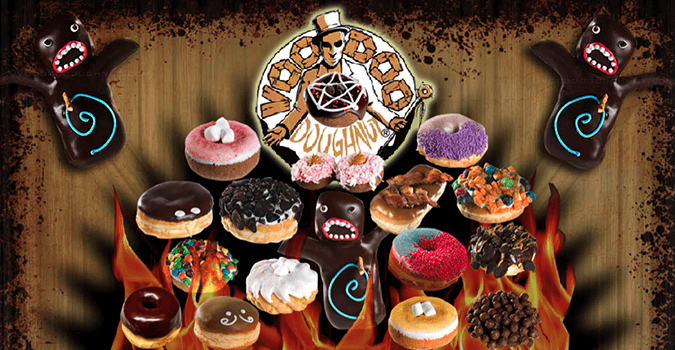



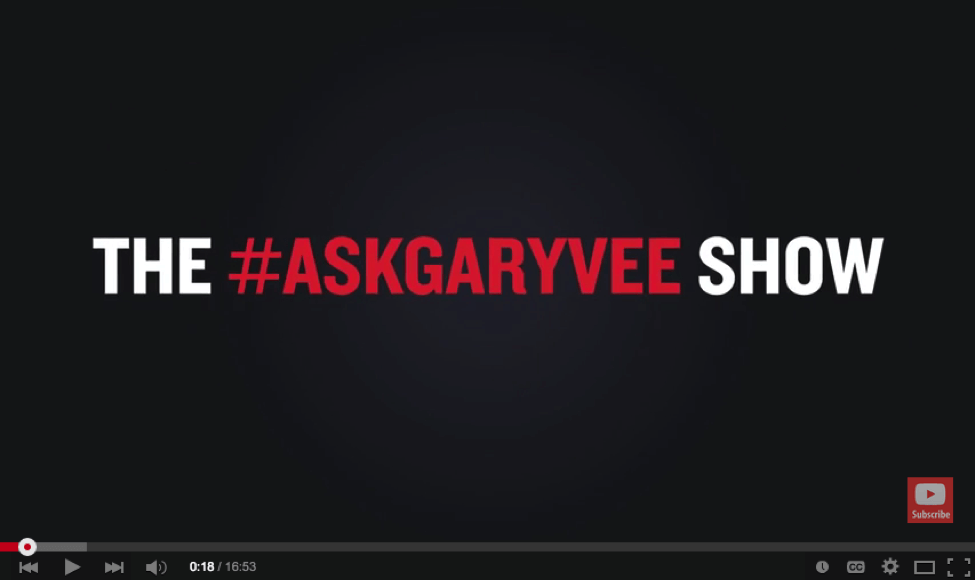

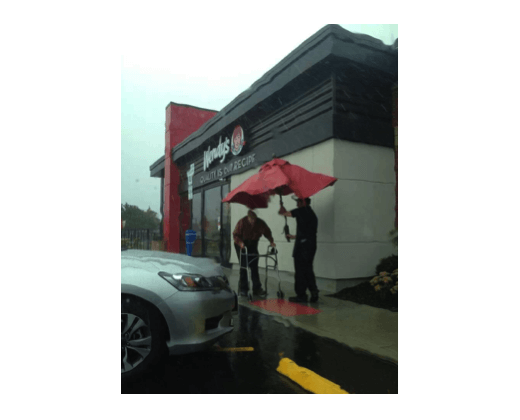

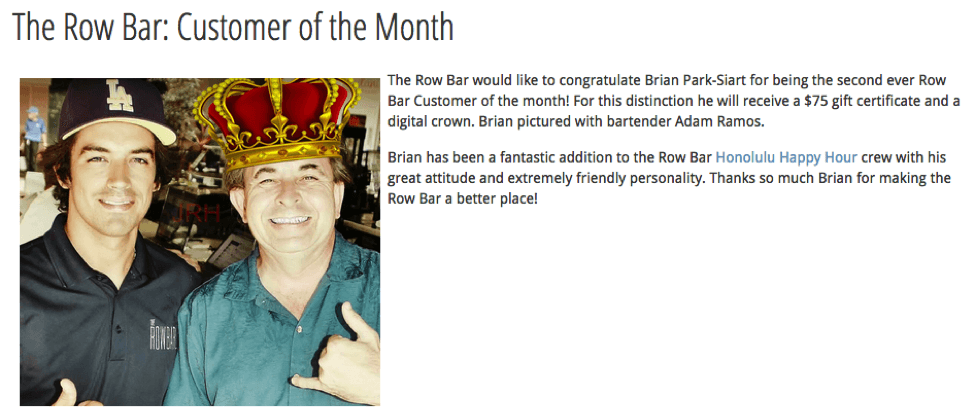
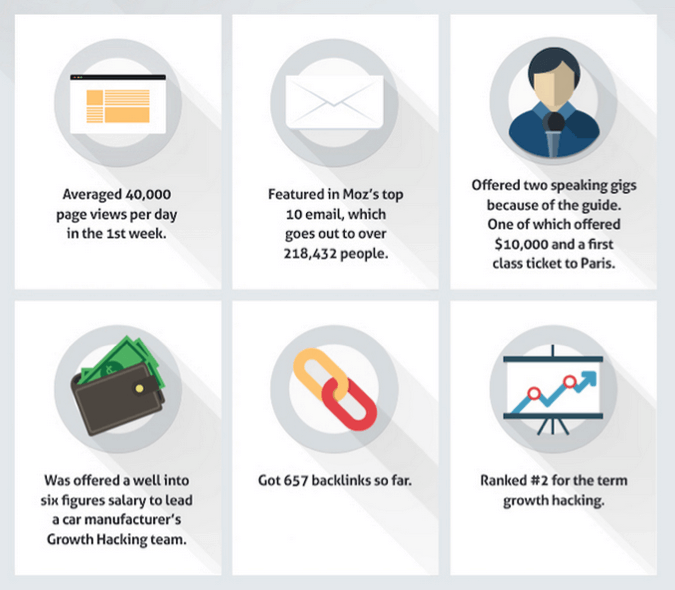


Comments (0)